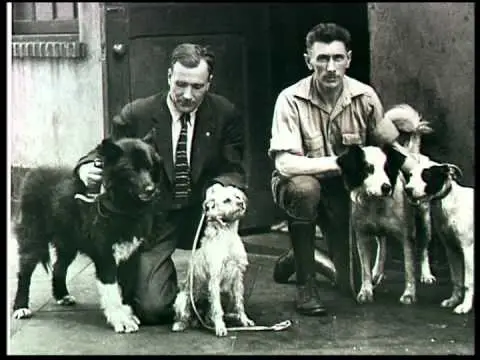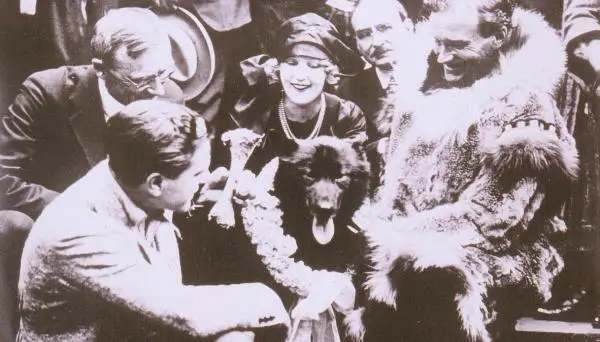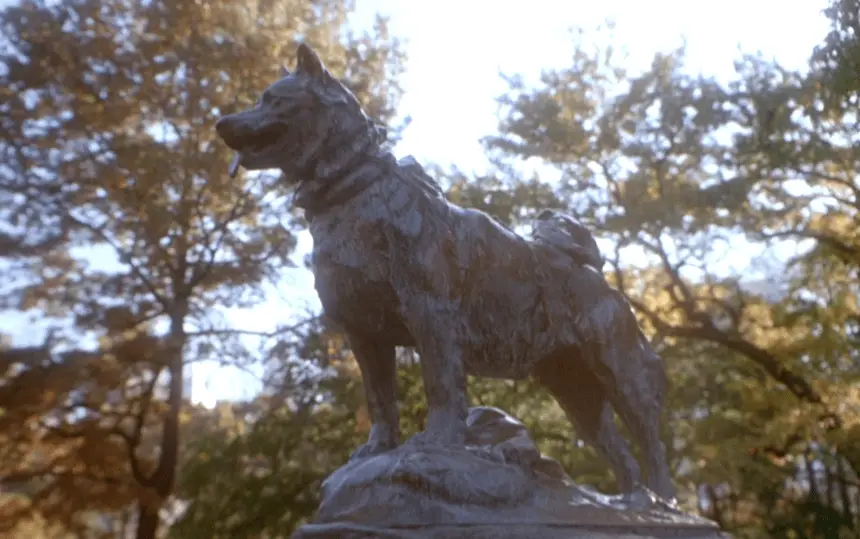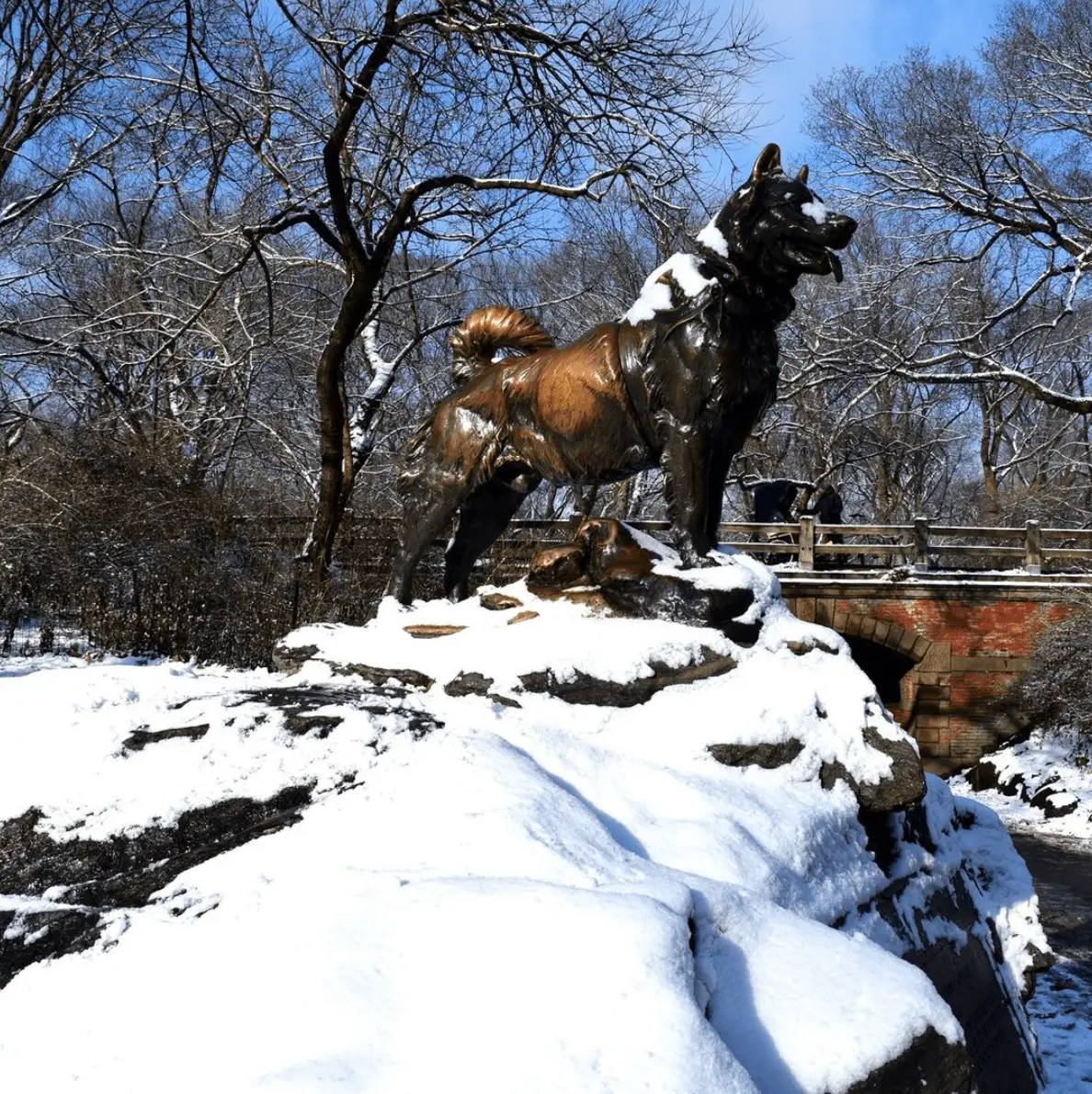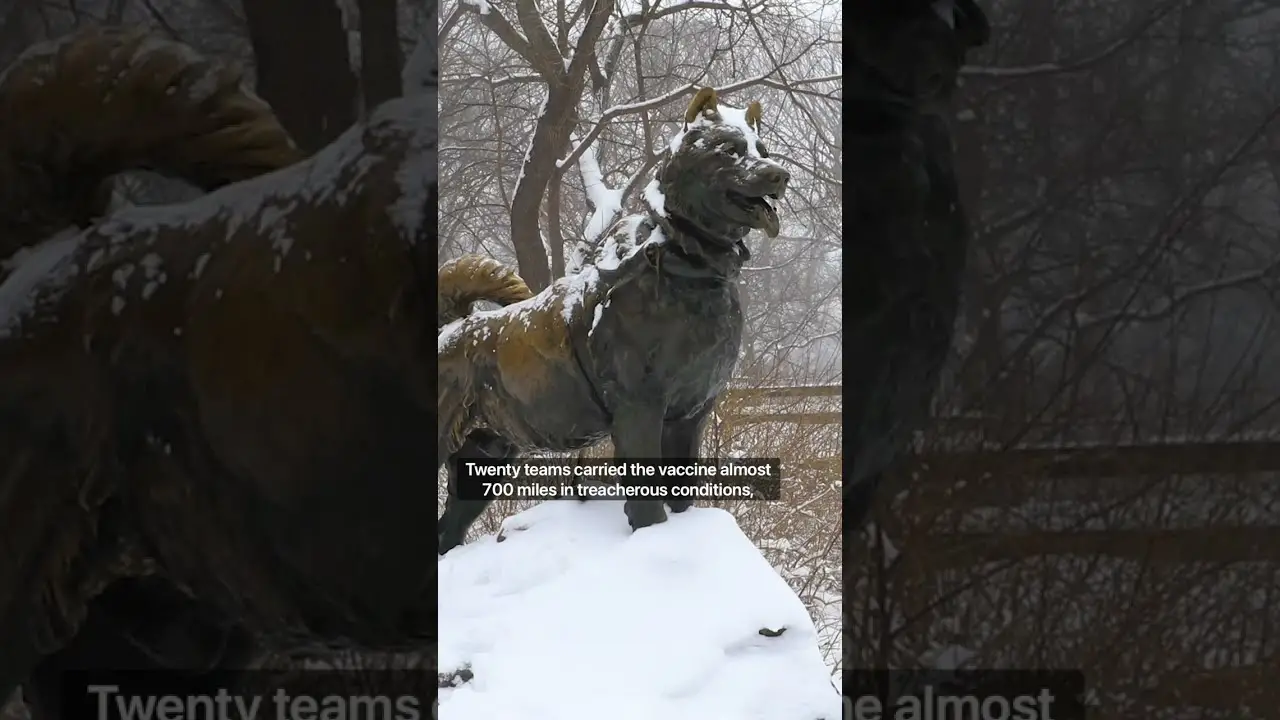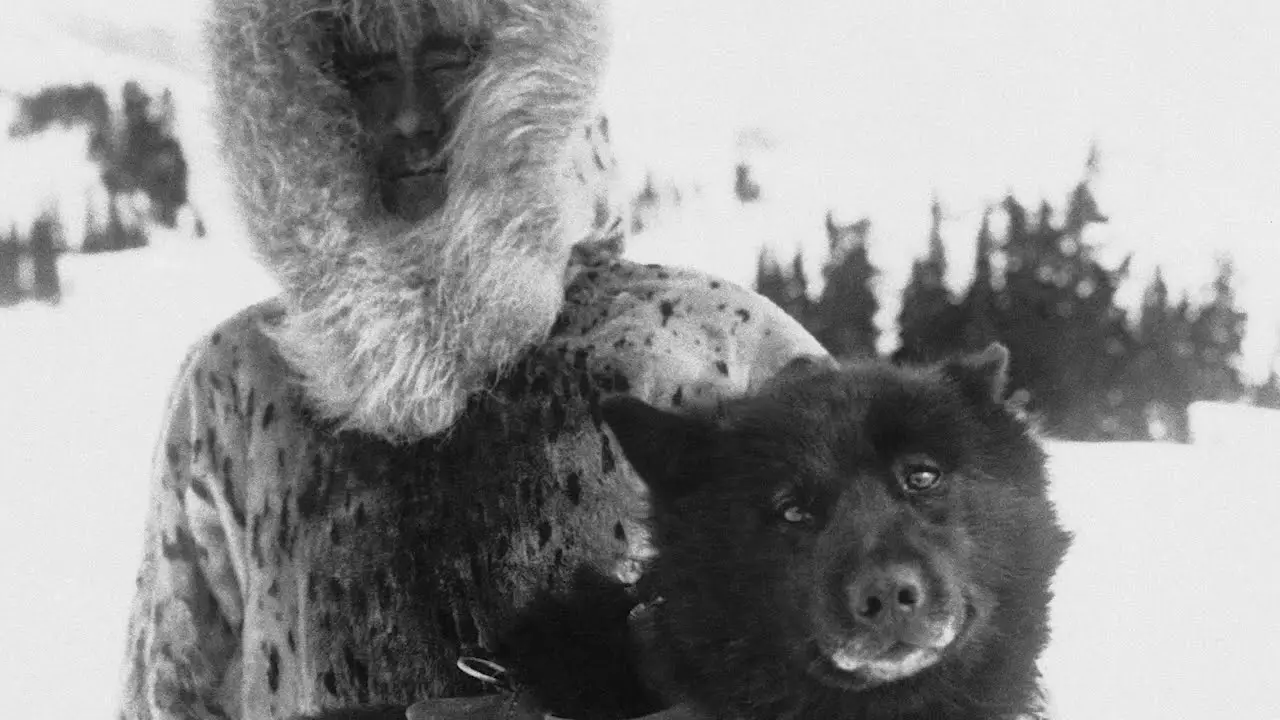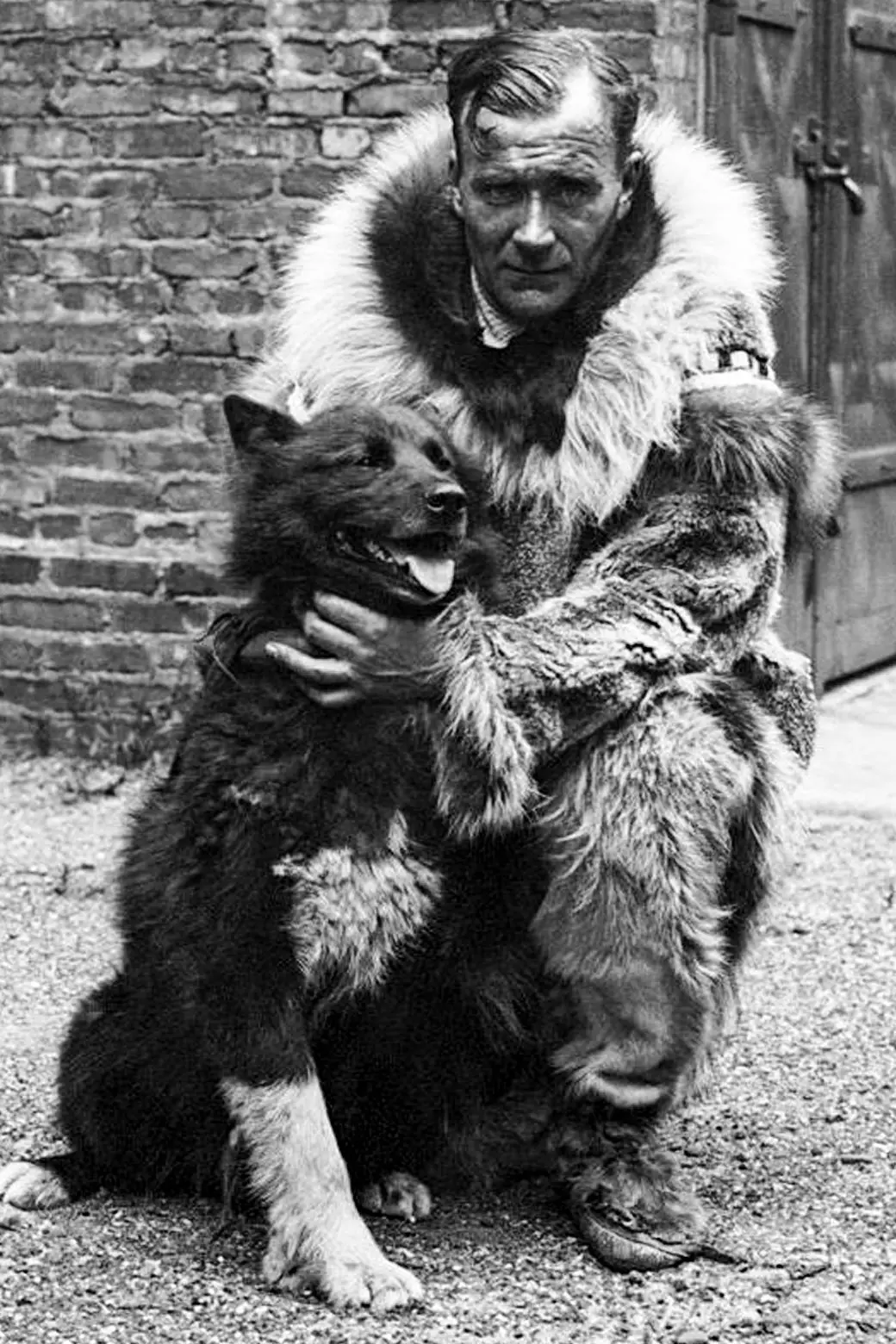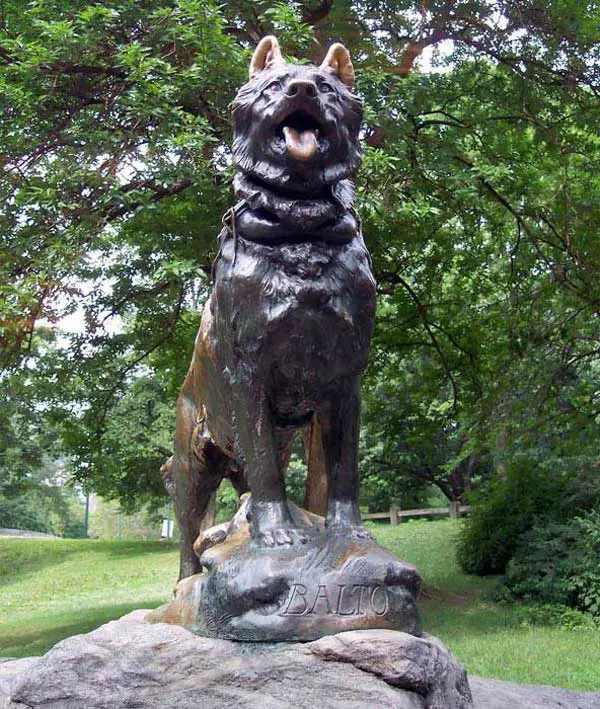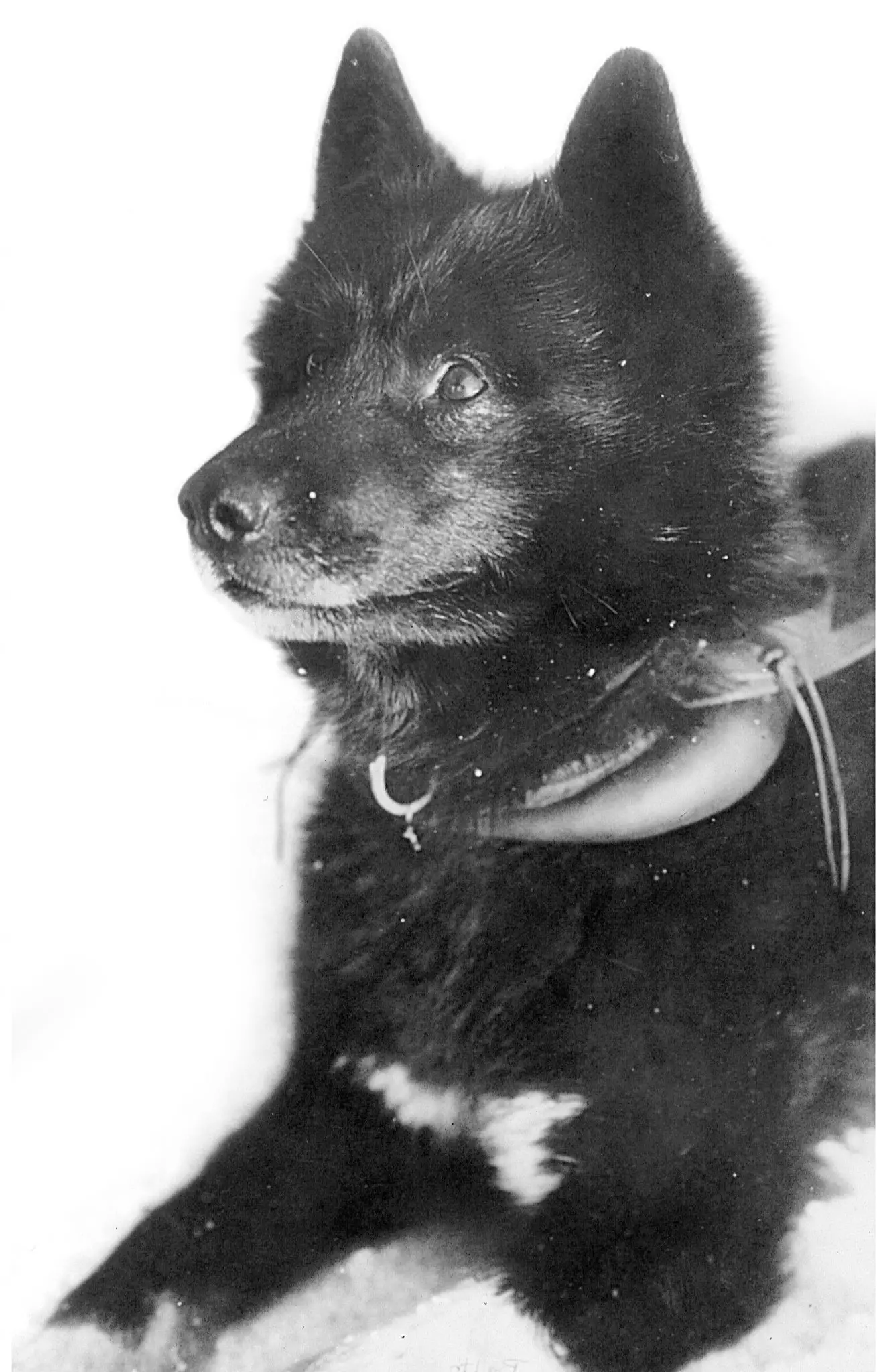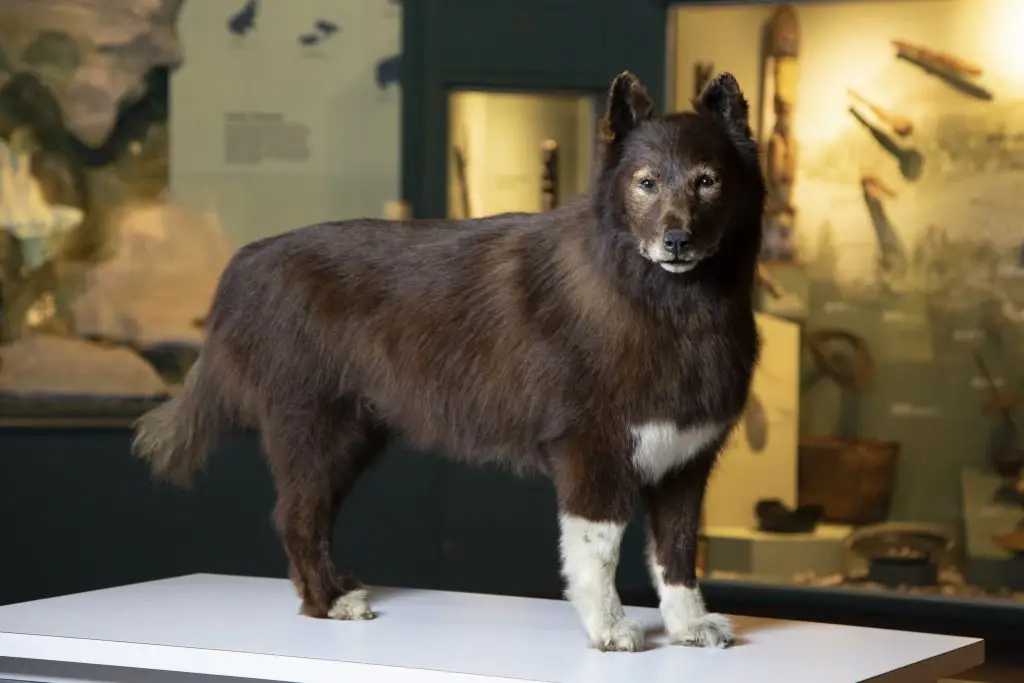Uncovering the Truth The Real Events of Balto
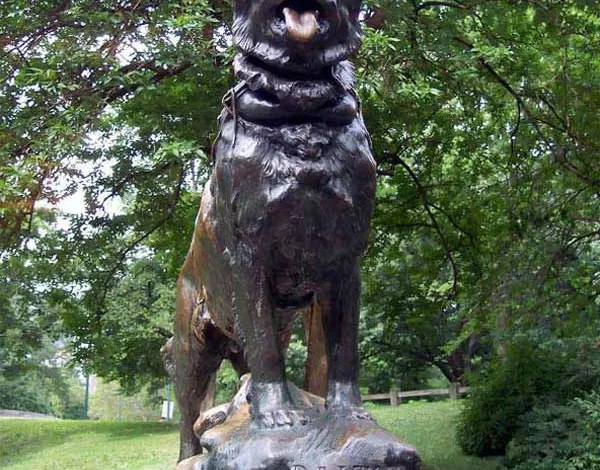
The real story of Balto is a tale of courage, determination, and teamwork. In January 1925, an outbreak of diphtheria threatened the small town of Nome, Alaska. The nearest supply of life-saving antitoxin was in Anchorage, over 600 miles away. With no other way to get the serum to Nome in time, the town’s leaders organized a relay race of sled dog teams to transport it across the frozen tundra.
Balto was a Siberian husky mix who was owned by musher and breeder Leonhard Seppala. He was a young dog, but he was already known for his speed and endurance. Seppala selected Balto to be the lead dog of his team for the final leg of the serum run, a grueling 55-mile stretch from Shaktoolik to Nome.
The Balto real story
The weather conditions during the serum run were brutal. Temperatures plummeted below -50 degrees Fahrenheit, and the teams were buffeted by blinding snow and blizzards. On the final leg, Balto’s team faced a whiteout that made it impossible to see the trail. But Balto relied on his instinct to lead the team safely to Nome.
Balto and his team arrived in Nome on February 2, 1925, with the precious serum. The children of Nome were saved, and Balto became a national hero. He was honored with a parade in New York City, and a statue of him was erected in Central Park.
Balto’s story is a reminder of the incredible power of dogs. They are loyal, courageous, and always willing to go the extra mile. Balto and his team saved the lives of countless children, and their legacy will never be forgotten.
In addition to Balto’s heroism, his story is also a testament to the importance of teamwork. It took the combined efforts of many people and dogs to successfully deliver the serum to Nome. Seppala and the other mushers risked their lives to navigate the treacherous terrain, and the dogs braved the brutal weather conditions. Without their teamwork and dedication, the serum run would not have been possible.
On January 27th, 1925, the first batch of serum was handed over to the first musher, but due to severe weather conditions, the journey was treacherous. Despite the challenges, the dog sled teams pushed forward, facing blizzards, sub-zero temperatures, and treacherous terrains. As the serum made its way towards Nome, the mushers faced many obstacles, including falling through ice, getting lost in the whiteout, and dealing with exhausted dogs. However, they remained determined to complete their mission, knowing that people’s lives were at stake.
On February 2nd, 1925, after almost 6 days of non-stop travel, Seppala and his team finally reached the town of Point Safety, 25 miles away from Nome. Here, Seppala handed over the serum to Gunnar Kaasen, another renowned musher who would complete the final leg of the journey to Nome. Kaasen’s lead dog on this final stretch was Balto.
Balto, along with his team of dogs, battled through a treacherous storm with winds reaching up to 80 mph, and temperatures below -40 degrees Fahrenheit. Despite the dangerous conditions, Balto and his team arrived in Nome on February 2nd, 1925, at 5:30 am, completing the journey and delivering the much-needed serum.
Thanks to the bravery and determination of these mushers and their sled dog teams, the serum was delivered on time, and the lives of many people were saved. The story of Balto and his team quickly spread throughout the nation, making them instant heroes. Balto, in particular, became a household name and a symbol of hope for people during that difficult time.
In recognition of his heroic efforts, Balto was honored with a statue in New York City’s Central Park. A bronze plaque on the statue reads, “Dedicated to the indomitable spirit of the sled dogs that relayed antitoxin six hundred miles over rough ice, across treacherous waters, through Arctic blizzards from Nenana to the relief of stricken Nome in the Winter of 1925. Endurance · Fidelity · Intelligence.”
The Balto real story is a testament to the incredible bond between humans and animals, and the immense courage and resilience that both possess. It also highlights the importance of teamwork, leadership, and determination in the face of adversity. Balto’s legacy continues to inspire people even today, and his story serves as a reminder that with perseverance and determination, anything is possible.
Separating Fact from Fiction: The Balto real story
While the basic premise of the story is true, there are several misconceptions and exaggerations that have been added over the years. One of the main points of contention is the actual role that Balto played in the journey.
Contrary to popular belief, Balto was not the lead dog on the final leg of the journey. In fact, he was the second-to-last team to arrive in Nome, with another sled dog team led by Leonhard Seppala arriving just 25 minutes before him. The lead dog on Seppala’s team, Togo, has often been overshadowed by Balto, despite playing a more crucial role in the journey.
Furthermore, it was Seppala’s decision to take the longer, more treacherous route known as the “serum run,” while Kaasen and Balto took a shorter route, which resulted in them receiving more recognition. However, both teams faced the same harsh weather conditions and contributed equally to the success of the mission.
Exploring the True Story of Balto
To fully understand the real story of Balto, it is essential to look at the events leading up to the serum run. In the early 1900s, Alaska was facing a diphtheria epidemic, with no available treatment or preventive measures. In 1924, Dr. Curtis Welch, a physician in Nome, ordered diphtheria antitoxin from the lower 48 states, but due to a miscalculation, the supply ran out before a new shipment could arrive.
In January 1925, several children fell ill with diphtheria, and without any medicine, the situation became dire. A plea for help was sent out, and the only available serum was located in Anchorage, a 600-mile journey away. This set off the famous serum run, with multiple mushers and their teams braving the harsh Alaskan conditions to deliver the medicine to Nome.
The success of the serum run was a combination of teamwork, determination, and the exceptional skills of sled dogs like Balto and Togo. It was not just one dog or one team that saved the day, but rather a collective effort that deserves recognition and appreciation.
Behind the Scenes: The Making of Balto’s Real Story
While the journey of the serum run was undoubtedly harrowing, it is essential to acknowledge the role of media in shaping the narrative of Balto. In 1925, as the news of the successful serum run spread, newspapers and radio stations began reporting on the story, often embellishing details for dramatic effect.
The most significant contributor to the fame of Balto was a New York Times article published on February 3rd, 1925, with the headline “Dogs Pull Serum Through in Zero Weather; Accounts of Wild Trip Across Alaska to Save City Are Slowly Coming In.” This article featured a photograph of Balto, which led to him becoming the face of the serum run and cemented his place in history.
However, the article contained several inaccuracies, including stating that Balto had traveled the entire distance from Anchorage to Nome and implying that he was the lead dog on the final leg of the journey. These exaggerations captured the public’s imagination, leading to widespread admiration for Balto and other sled dogs involved in the mission.
Untold Stories: What Really Happened in Balto
While Balto’s story has been widely celebrated, there are many untold stories of the other sled dogs and mushers who participated in the serum run. One such story is that of Togo, who led Leonhard Seppala’s team on the longest and most treacherous part of the journey.
Togo was an exceptionally talented sled dog who had covered over 2,000 miles in the Alaskan wilderness before the serum run. He had an incredible sense of direction and was fearless in the face of danger. Despite his crucial role in the serum run, Togo’s contributions were often overshadowed by Balto’s fame.
Another untold story is that of the native Alaskan mushers and their teams who played a vital role in the serum run. These mushers, many of whom were Inuit or Native American, had an intimate knowledge of the land and their sled dogs, making them a crucial part of the mission’s success.
It is essential to acknowledge these untold stories and recognize the bravery and resilience of all the dogs and mushers involved in the serum run, not just one.
Examining the Historical Accuracy of Balto
In addition to the embellishments and exaggerations in the media, there have also been claims that the story of Balto is entirely fabricated. Some argue that the entire serum run did not happen, and it was merely a publicity stunt to promote the town of Nome and its sled dog race.
However, historical evidence, including newspaper articles from the time and eyewitness accounts, confirms that the serum run did occur. While there may have been some exaggerations and discrepancies in the retelling of the story, it is clear that the basic premise of the journey and the heroic efforts of the sled dogs and mushers involved are based on real events.
Furthermore, the legacy of Balto and the serum run lives on through the annual Iditarod Trail Sled Dog Race, which follows the same route as the 1925 serum run. This race serves as a reminder of the historic event and honors the dogs and mushers who played a significant role in saving lives.
The Iconic Tale of The Dog Lassie A Story of Loyalty and Adventure
The Legacy of Balto: How the Real Story Lives On
Over the years, the story of Balto and the serum run has been retold in various adaptations, including books, movies, and even a statue in Central Park. While these adaptations have brought attention to the heroic efforts of sled dogs and mushers, they have also perpetuated certain misconceptions and exaggerated elements of the story.
However, the real legacy of Balto lies in the continued recognition and appreciation for sled dogs and their contributions to the Alaskan way of life. These highly skilled and loyal animals played a crucial role in the development of Alaska and continue to do so today.
From History to Hollywood: How Balto’s Real Story Was Adapted
The first fictionalized account of the serum run came in the form of a book titled “Balto and the Great Race” by Elizabeth Cody Kimmel, published in 2002. This book was marketed as a true story but contained many historical inaccuracies and embellishments.
In 1995, a full-length animated film titled “Balto” was released, further popularizing the story. While the film received mixed reviews from critics, it was a commercial success, leading to two sequels and a spin-off TV series.
More recently, in 2019, a live-action film called “Togo” was released on Disney+, telling the story of Leonhard Seppala and his lead dog Togo during the serum run. The film received critical acclaim for its accurate portrayal of events and gave credit to the lesser-known dogs and mushers involved in the mission.
While these adaptations may not be entirely historically accurate, they have brought attention to the incredible efforts of sled dogs and mushers during the serum run and have kept the real story of Balto alive.
Dispelling Myths: Debunking Common Misconceptions About Balto
As with any popular story, there are bound to be myths and misconceptions that arise. One common misconception is that Balto was a wolf or a wolf hybrid. However, Balto was a purebred Siberian Husky, bred specifically for sled dog racing.
Another myth is that Balto was a “bad dog” and behaved aggressively towards other dogs, earning him the nickname “Bully Balto.” This claim has been refuted by those who knew Balto, stating that he was an affectionate and gentle dog.
Furthermore, there have been claims that Balto’s fame led to his neglect and eventual death. However, this is not true, as Balto lived out the rest of his life in comfort at the Cleveland Zoo, where he was visited by thousands of people each year.
Uncovering the Balto True Story History, Legend, and Facts
Conclusion
The story of Balto and the serum run is a remarkable tale of bravery, resilience, and teamwork. While the basic premise of the story is true, it has unfortunately been embellished and exaggerated over the years, leading to misconceptions and myths.
However, by examining the real events of Balto and separating fact from fiction, we can appreciate the true heroism of all the dogs and mushers involved in the serum run. Their legacy lives on through the annual Iditarod race and serves as a reminder of the unwavering loyalty and dedication of sled dogs.
The Extraordinary Story of Balto and Togo: A Narrative of Bravery and Perseverance

